Graphic Communication Design
Throughout my Graphic Communication Design studies at Central Saint Martins University (graduated 2024), I have put together a collection of my projects here.
The ‘Other’ Struwwelpeter
For this project, I chose the German children’s book by Heinrich Hoffman's"Struwwelpeter" as the foundation for creative reinterpretation and iteration. By rewriting (with the help of Chat GPT) and redrawing (by hand) the characters and stories 100 times, the tales of "Struwwelpeter," "Harriet," and "Augustus" were told in fresh, humorous, and ungracious ways.
These modern retellings stayed true to the original themes while addressing current issues, bridging the past and present with laughter and insightful reflections. Through this creative endeavor, I aimed to celebrate the timelessness of storytelling while offering a renewed appreciation for these beloved characters in today's world.
An excerpt from the "Too much screen time Peter":
This Peter’s addicted to screens,
it’s clear to see,
Lost in a virtual reality.
His hair’s unruly, never combed with care,
Phone in hand, always unaware.
So beware the pitfalls of phone addiction,
It can lead to neglect, a harmful affliction.
Remember to balance screen time and grooming,
To avoid ending up like Peter, in a state of glooming.









































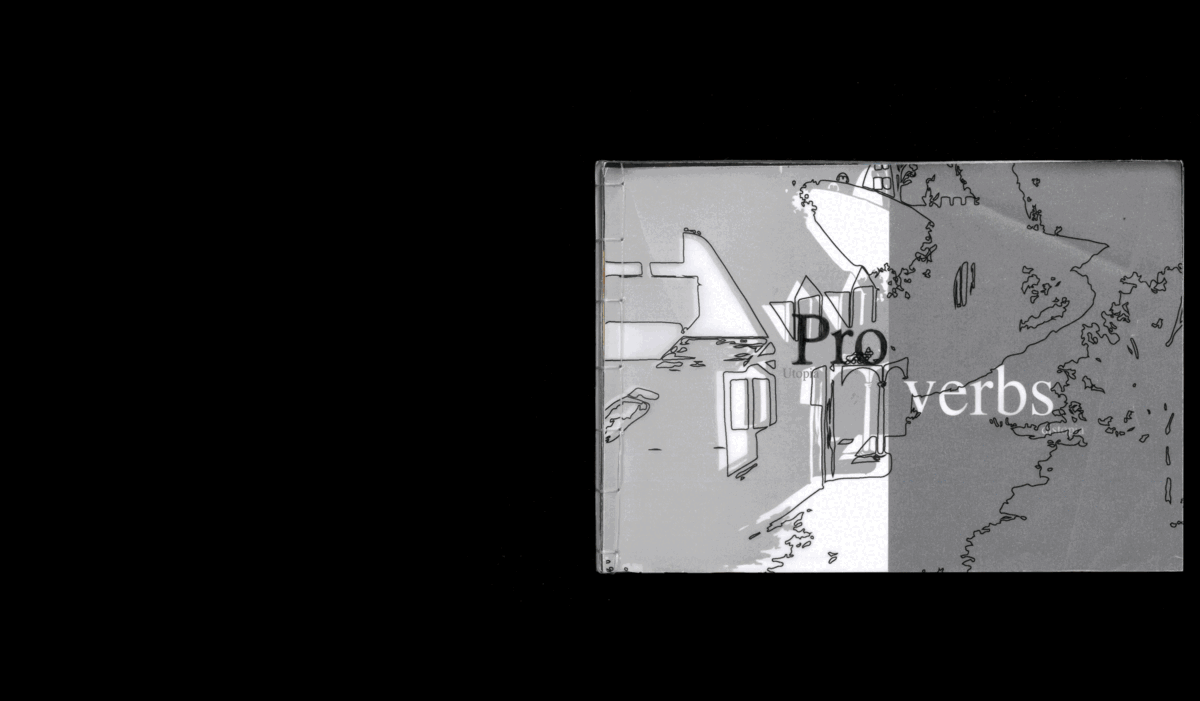
How can satire and the depiction of proverbs reintroduce discomfort around gender-related biases, prompting a renewed awareness and reflection?
Pieter Bruegel the Elder's painting The Netherlandish Proverbs (1559) is a renowned masterpiece. His artwork presents a lively and crowded village square in a Flemish setting, featuring a multitude of characters engaged in various activities. What makes this painting particularly intriguing is its integration of proverbs. The work depicts over 100 proverbs and idiomatic expressions that were prevalent in Netherlandish culture at the time. The painting, in essence, becomes a visual puzzle, inviting viewers to decipher the proverbs and their underlying meanings, which are both humorous and satirical.
My practice has been exploring the use of proverbial expressions as moral guides. Bruegel’s The Netherlandish Proverbs has proved to be a vital reference. As it showcases the potential of visual storytelling to engage and challenge viewers while conveying deeper insights into human behaviour and culture. Using an approach similar to Bruegel's, my experiments aim to convey guidance through satire and visual means, encouraging the audience to explore and interpret the meaning behind images. Moving forward, I plan to combine traditional knowledge with innovative design, disrupting the status quo and helping readers make ethical decisions.
Notably, I have observed a feminist shift in my work, aiming to craft narratives contributing to gender identity construction through illustration. In essence, my practice centres on how proverbs and illustrations influence ethical decision-making, stimulate critical thinking, and act as bridges of understanding in our ever-evolving world.
Models on models
Hi, my name is Alexandra, and I am a model; not a language or scientific model but a fashion model. In this profession, you are supposed to bring clothes to life and make them desirable. You walk a fine line in which, on the one hand, your appearance should make you stand out very much or not at all.
Per definition (formulated by ChatGPT), a model is a ‘representation of a real-world process’, which is, in the most simplified sense means for a fashion model: wearing clothes and make them look good. Throughout this publication, I want to understand how ChatGPT views the world of modelling when I feed the machine with answers from seven colleagues of mine. Based on their answers, ChatGPT will generate images: a visual story about models by (AI) models.















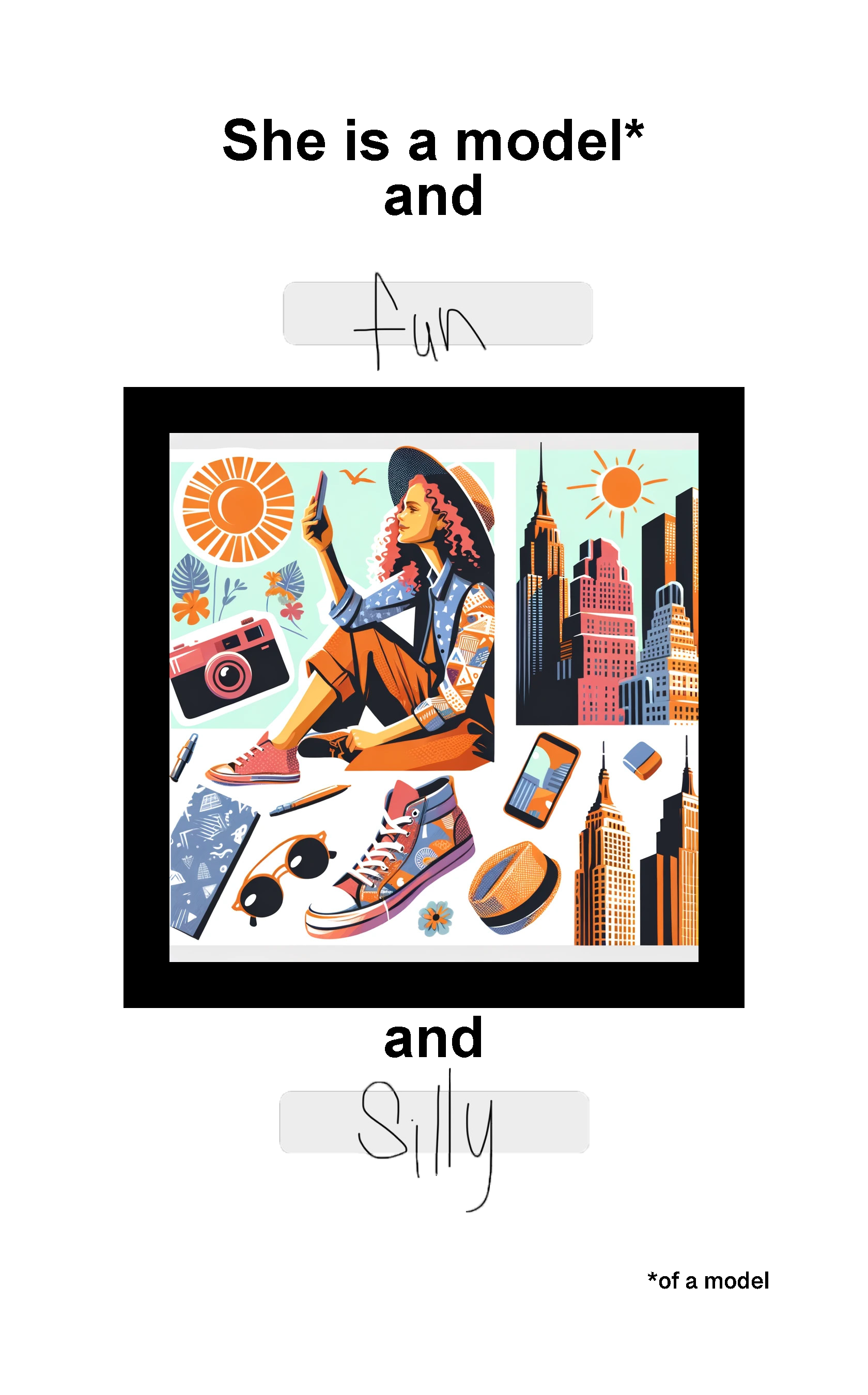

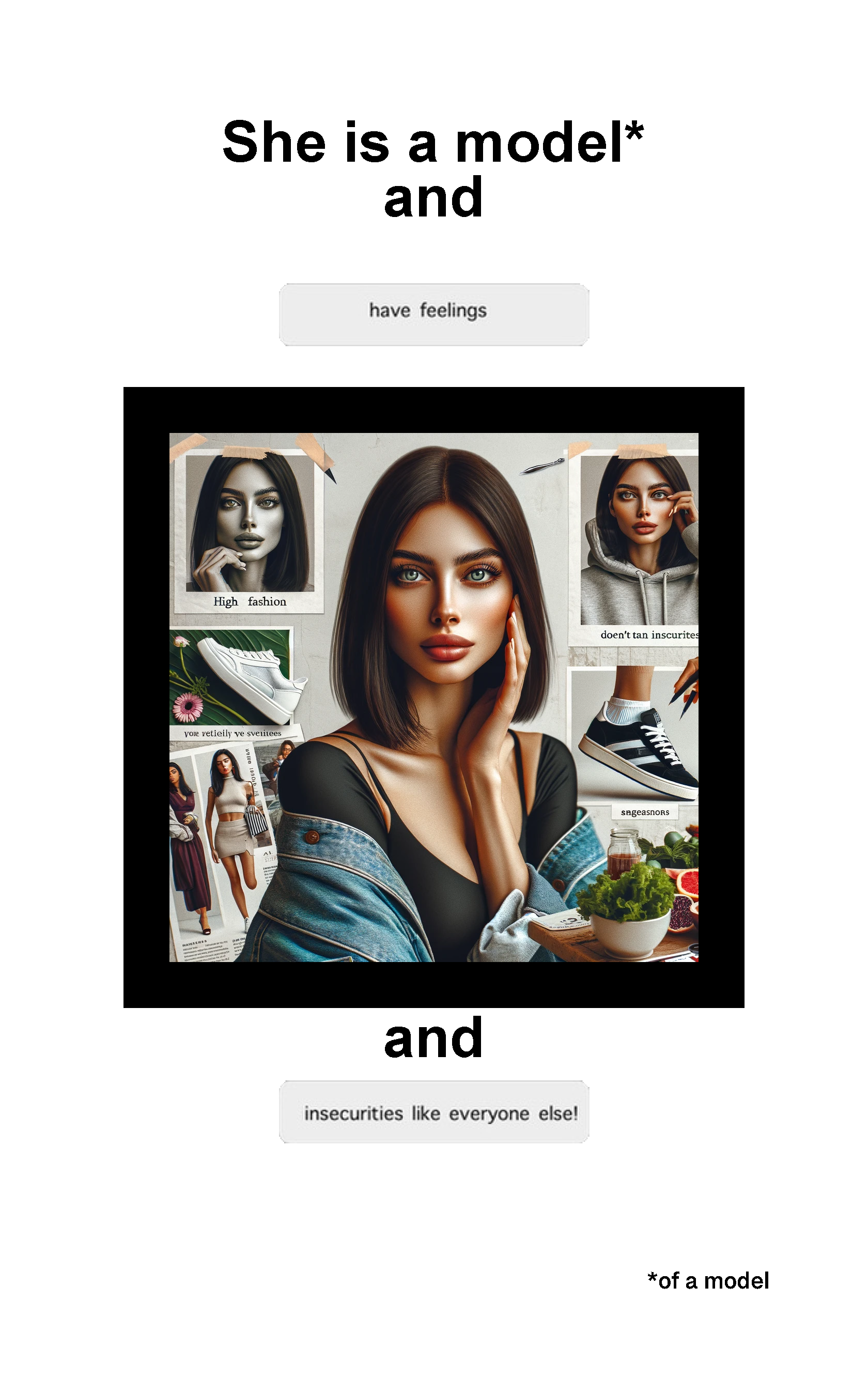






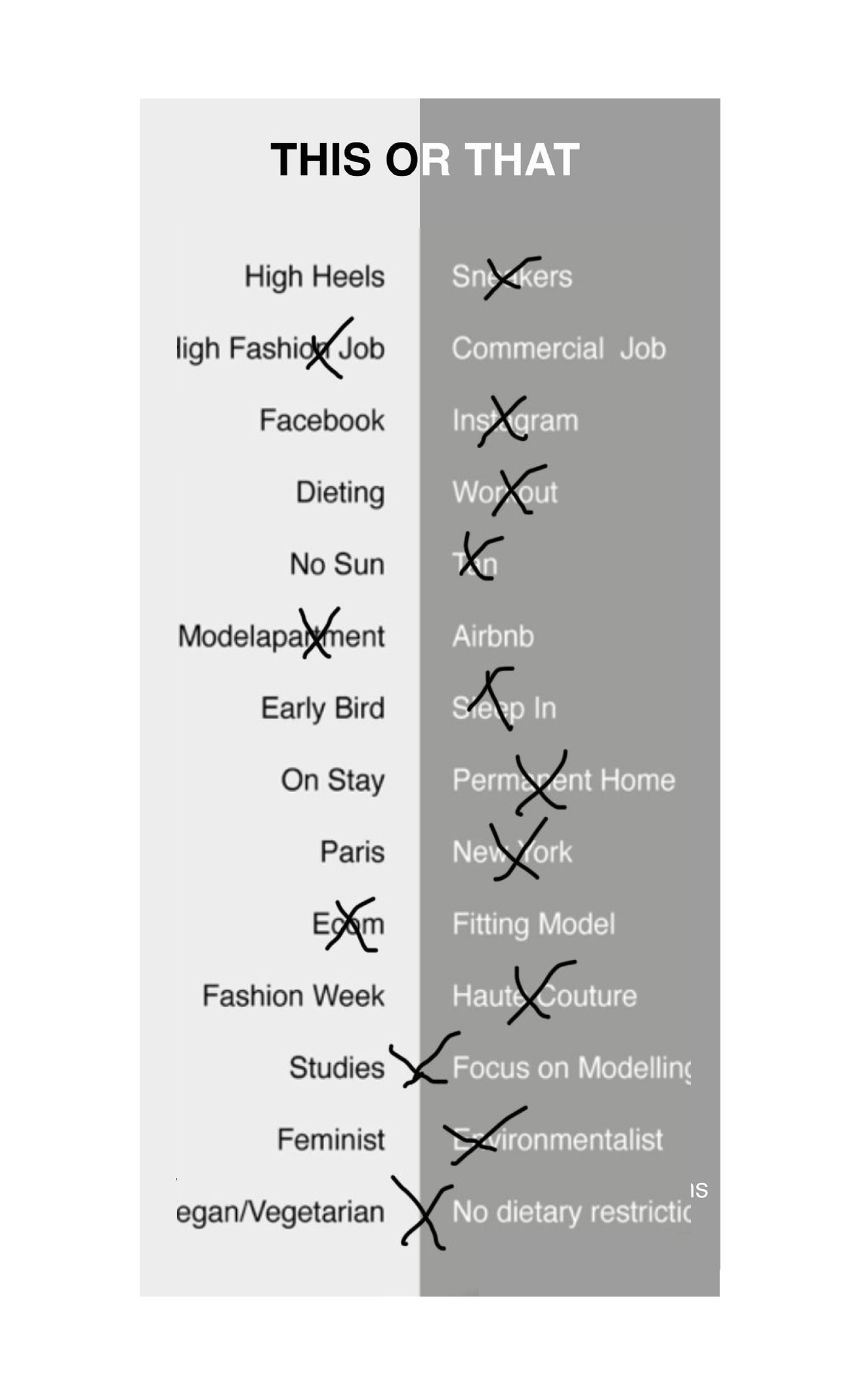








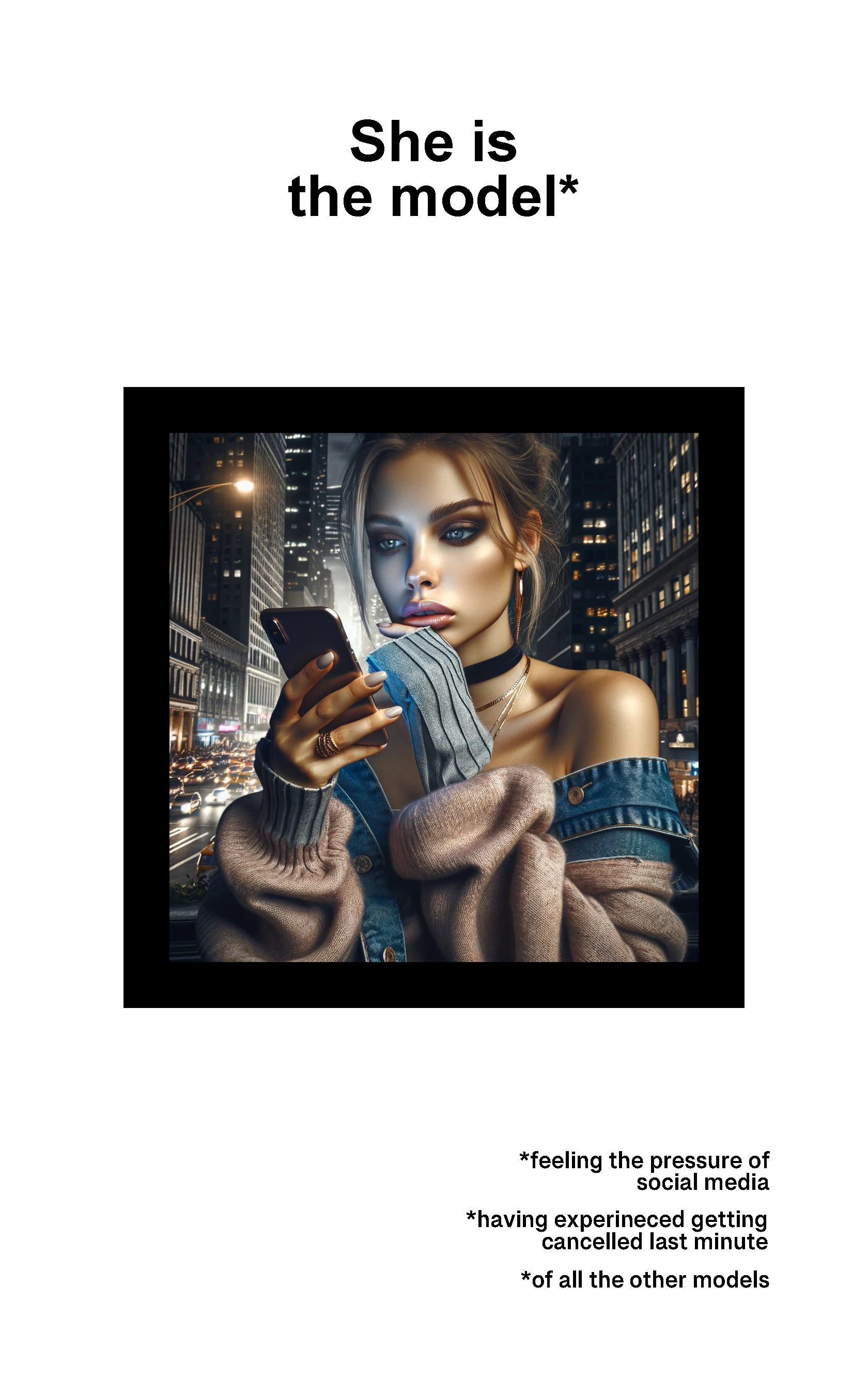




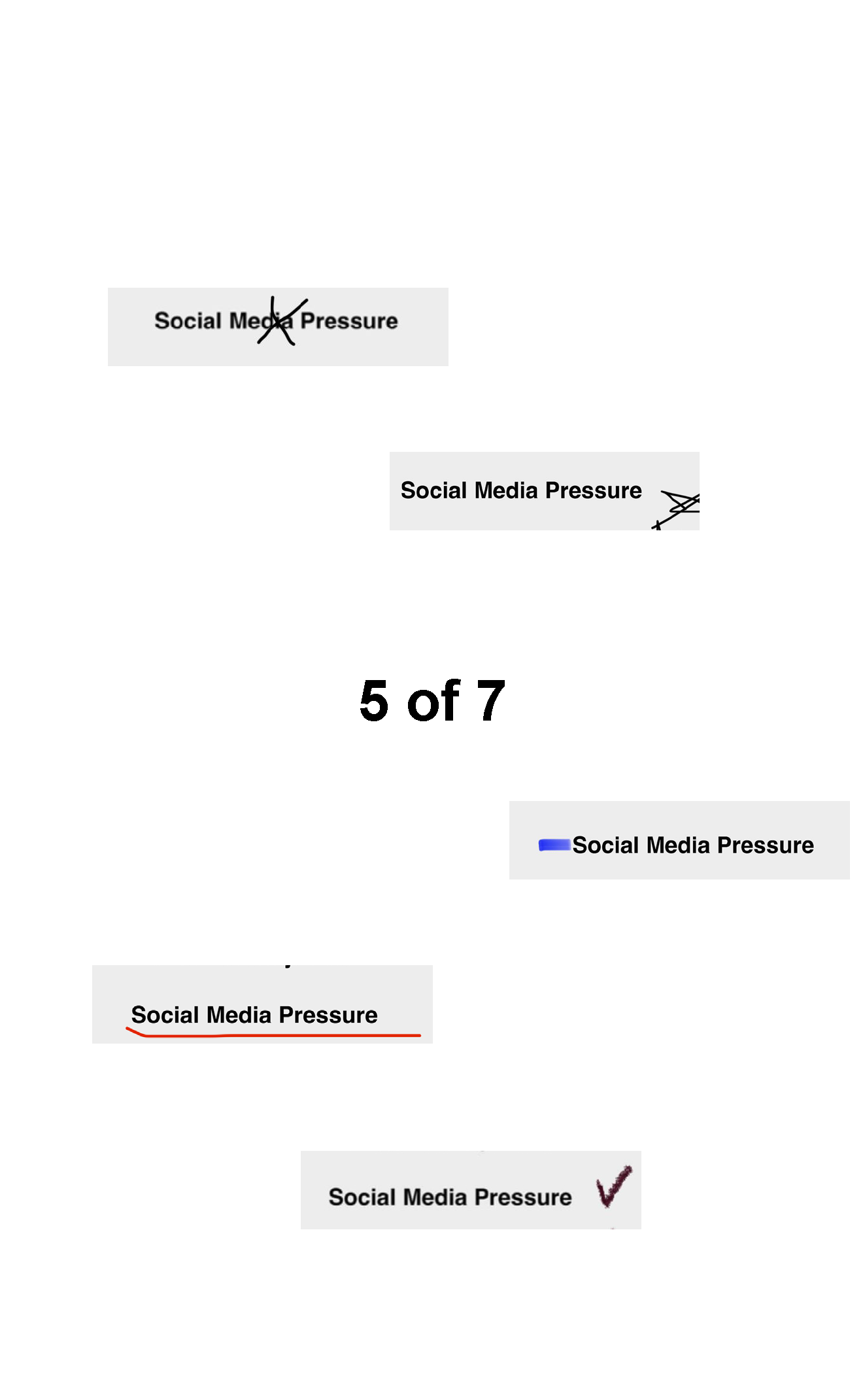









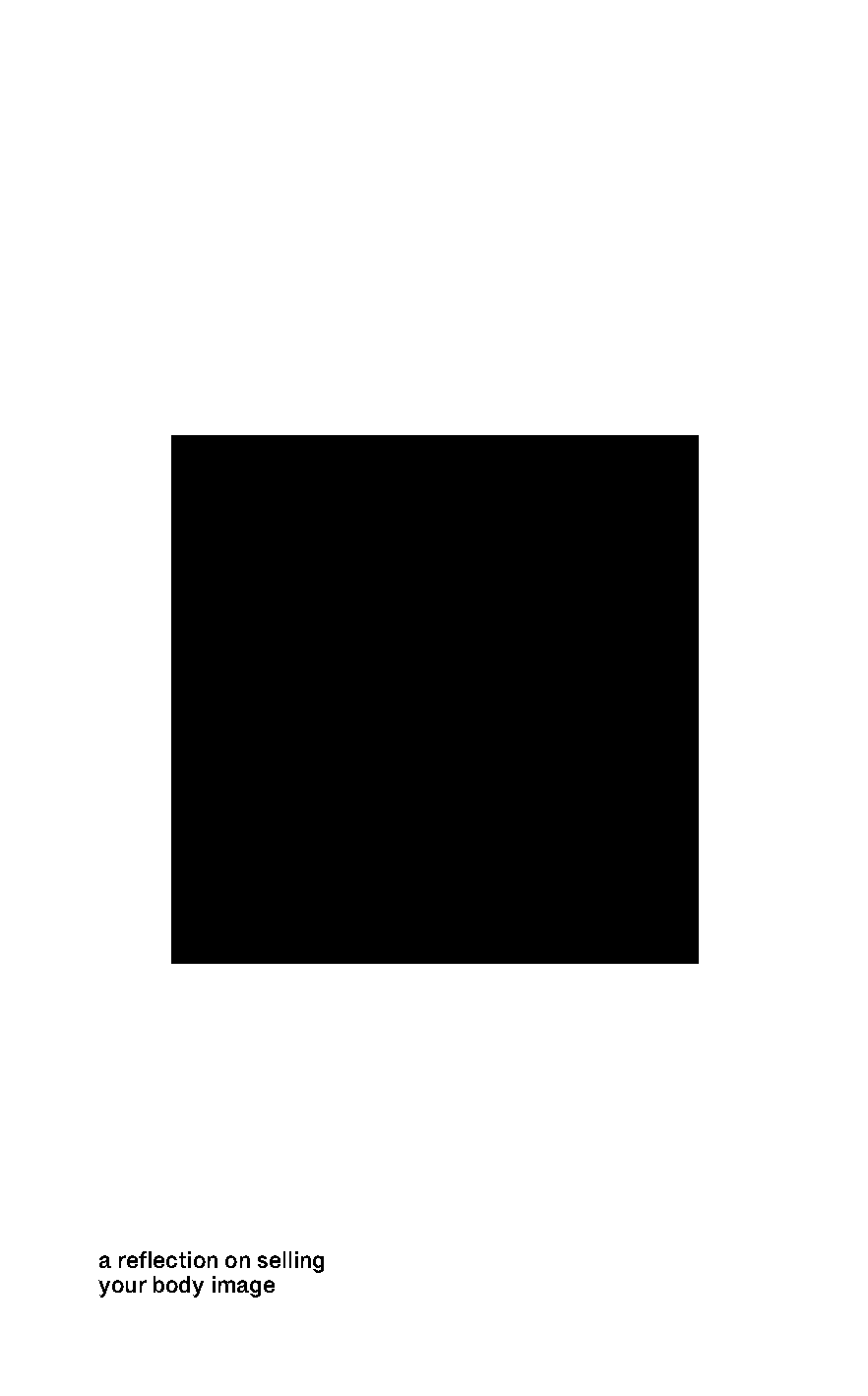








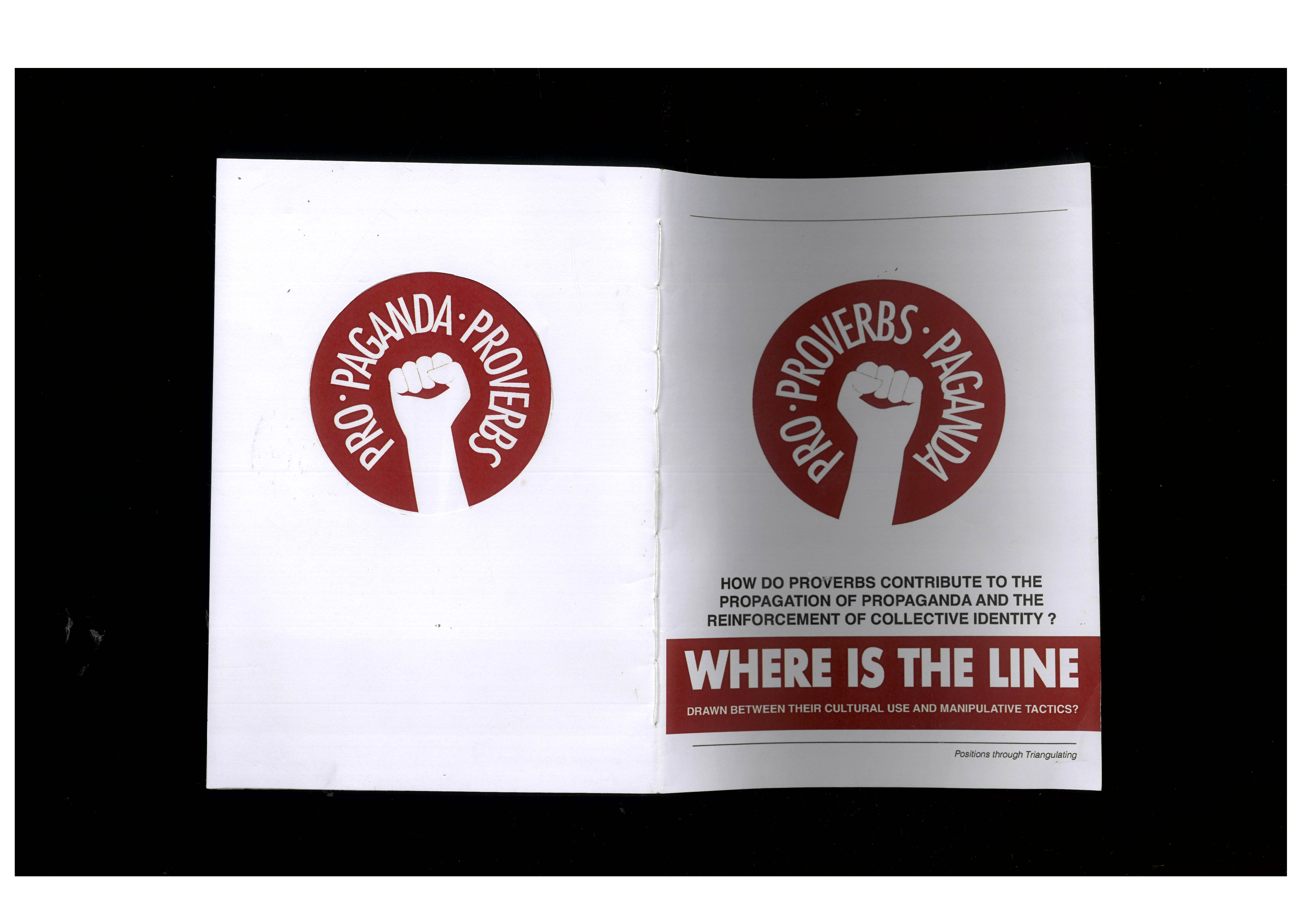
Proverbs > Poster > Propaganda >
My research project explores the relationship between proverbs and propaganda, focusing on two main objectives. Firstly, I analyze the use of proverbs in propaganda materials, such as government publications and posters. Secondly, I investigate how these expressions reinforce collective or regional identity by examining the cultural and historical contexts that shape their use.
I am particularly interested in the ambiguous boundary between proverbs and propaganda, a crucial distinction in my research. For the second part of my project, I will conduct a studio-based practice, creating propaganda materials or using historical examples to demonstrate the impact of proverbs on public perception.
By combining research with practical exploration, my project aims to deepen the understanding of proverbs in propaganda, their role in shaping identities, and the dangers of this manipulation. I will explore the blurred lines between proverbs and propaganda, offering insights into the mechanics of propaganda through my practical work.
Gestaltism Workshop
During a photography workshop at CSM, I learned essential techniques for arranging and contextualizing photographs. The workshop introduced us to Gestalt principles, which explain how humans perceive and group visual elements. We explored these principles to improve our composition skills. Gestalt principles include:
- Proximity: Nearby objects appear related.
- Closure: Our minds complete partial images.
- Similarity: Similar objects form a unified group.
- Continuity: Lines are perceived to continue their direction.
- Segregation: Contrast makes objects distinguishable.
- Prägnanz: Simplicity leads to clear compositions.
- Symmetry: Balanced elements create harmony.
For this exercise I chose the principle of similarity, using it to tell a story through varying zoom levels in my photographs.
The exercise sharpened my perception, focusing on storytelling through black-and-white photography. Selecting eight photos from nearly 100 was challenging but crucial in refining my compositional skills. Collaborative discussions and democratic votes among students enhanced our final publication, showcasing diverse interpretations of Gestalt principles. The collective artefact we created remains a tangible reminder of the knowledge gained during this workshop.
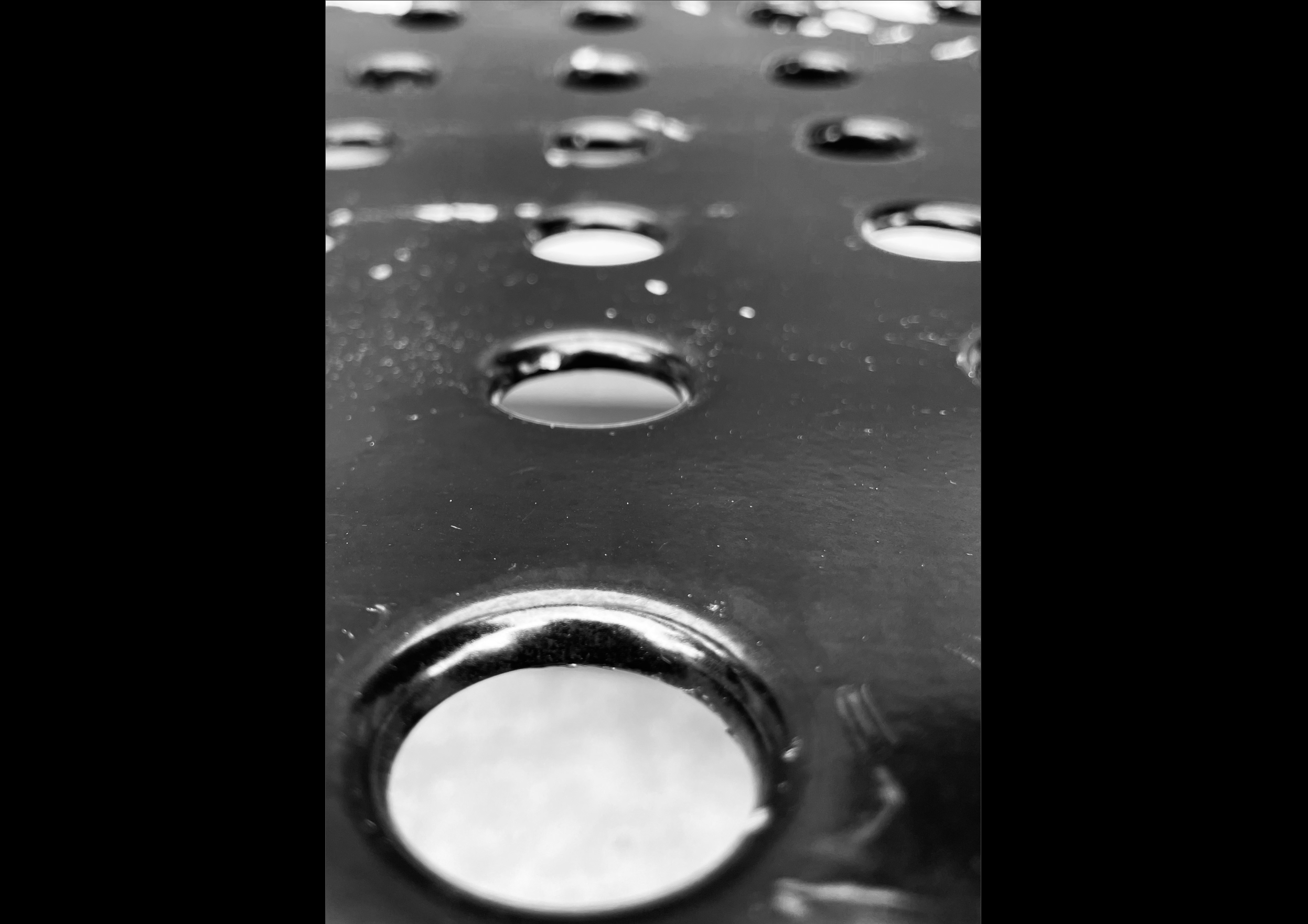

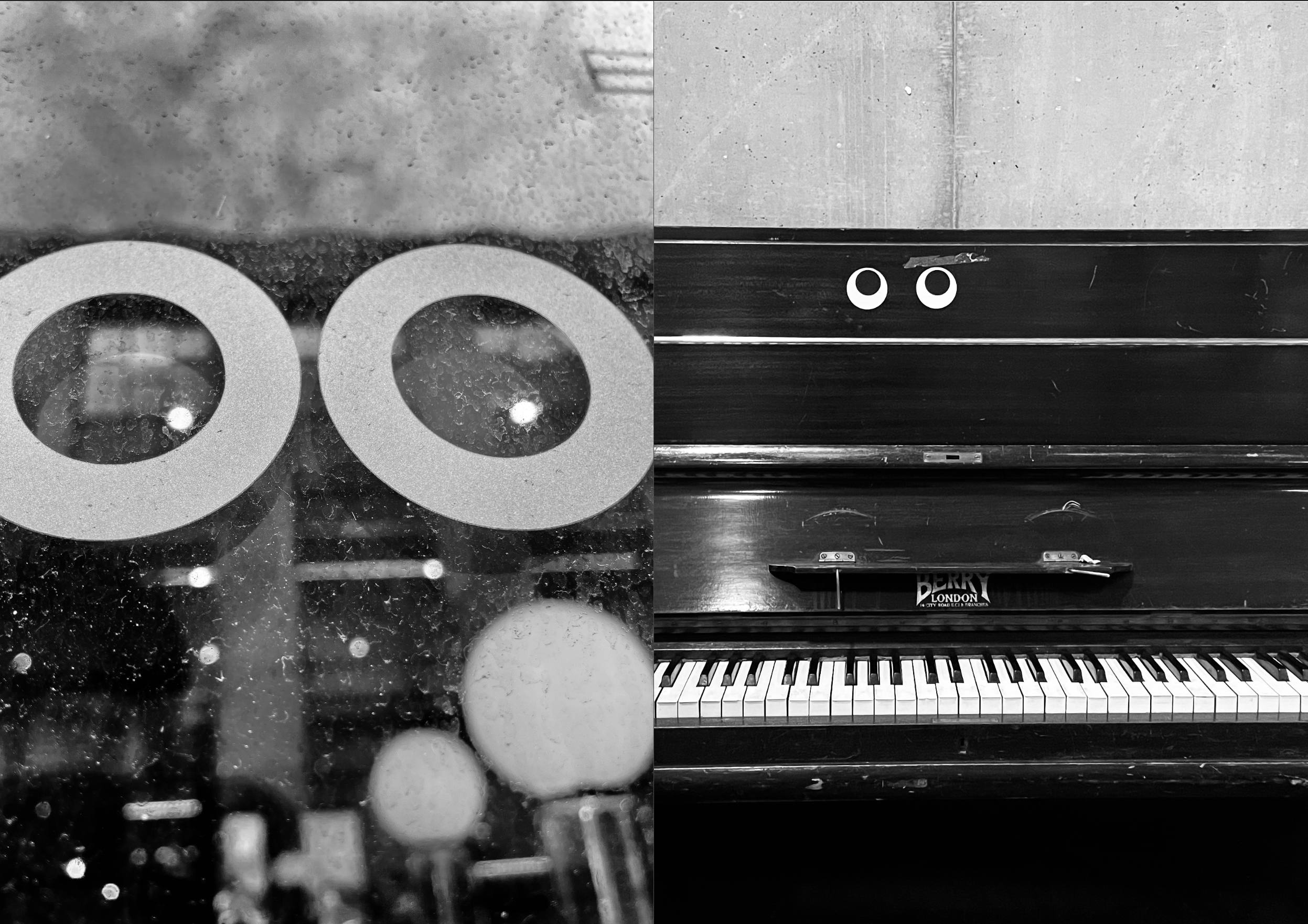
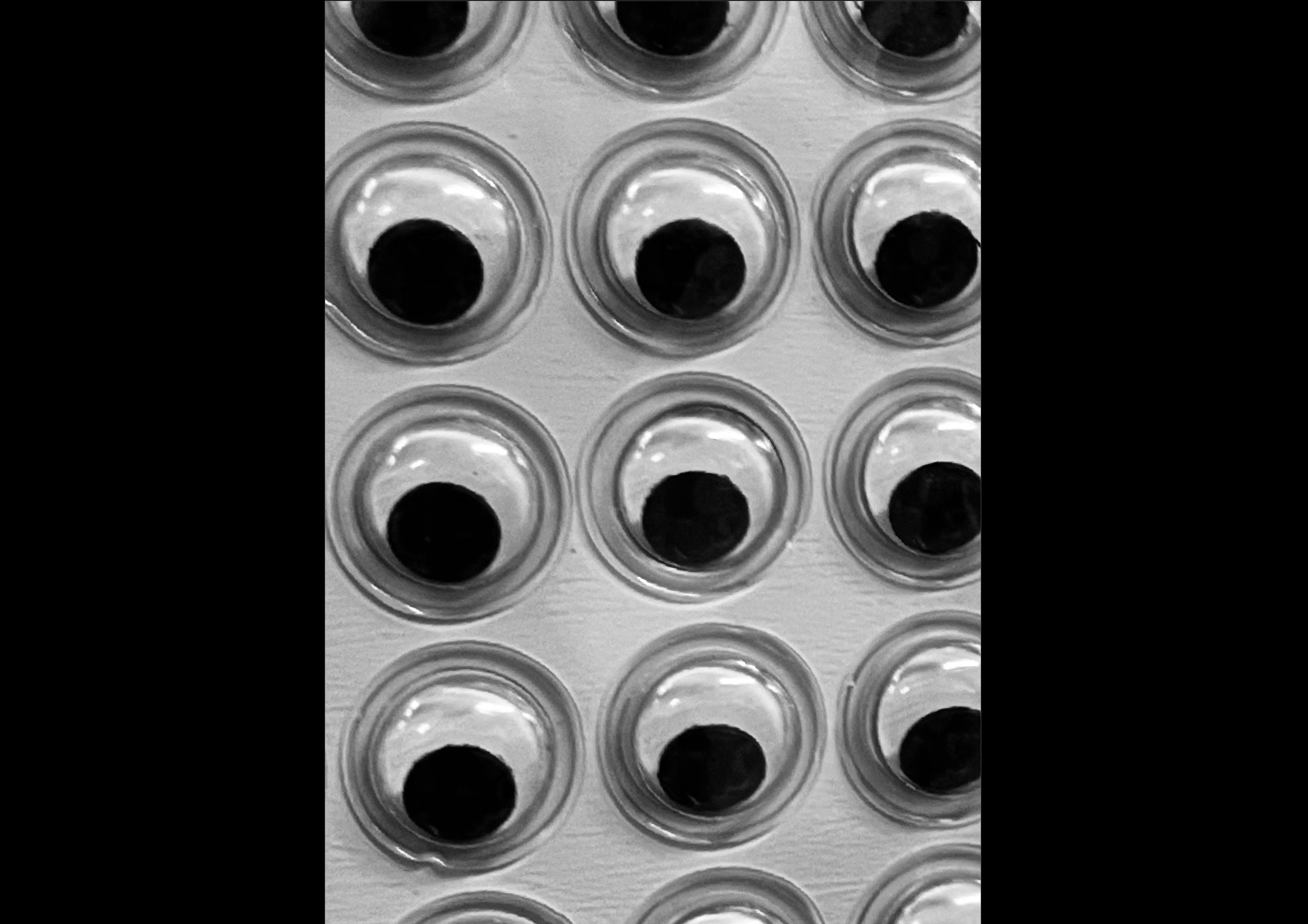
Columbia Road
Based on the detailed investigation of my neighbourhood, I developed a stop-motion film in which I humorously dealt with the aspect of the gentrification of Columbia Road. Inspired by the filmmaker Patrick Keiller as well as David Attenborough’s narrative about extinct species in Planet Earth, I sought to tell a story about the East Enders’ resilience and ingenuity.
The focus was to portray the East Enders themselves as a rare and adaptive species
that learns to adapt in colour to protect themselves from extinction. With the help of an AI voice, drawings of the original shopfronts over the last few years and the protagonists such as the Resurrection Men and
Angela Burdett-Coutts, the movie deals with the changeability, beauty & brutality of East London.
Wheel of Emotions
For this project I investigated how one hundred female artists were represented in the IStock library. The images often portrayed them as attractive, white, stylish, and emotional, perpetuating potential stereotypes.
To highlight this issue visually, I created an animated video showcasing their similarities and differences. The video's design and background track aimed to emphasize the biased depiction and raise awareness about gender stereotypes in visual media.
